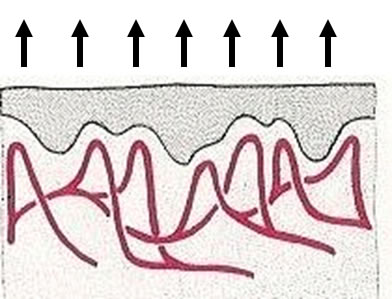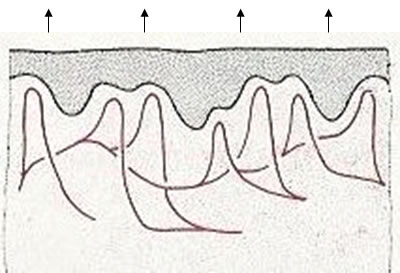
HOMEOSTASIS
Introduction
Animals most maintain a constant or steady internal envoronment in other to survive successfully in their enviroments. For instance organisms are required to maintain their body temperature witihn speicfic range, glucose level within specific limits, blood pressure withon specific limits, cellular nutrient contents within specific limits etc. Any deviation from such limits will result in several metabolic problems in the organisms.
What is homeostatsis?
The term ‘homeostasis’ is derived from two Greek words; Homeo which means ‘unchanging’ and Stasis which means ‘standing’
Homeostasis is the biological process by which the internal environment on an organism is maintained within specific limits. This process is executed by the interation of several systems of the body, namely:
- The nervous system
- The endocrine system
- Sensory system
- Muscular system
- Urinogenital system
Example of homeostaatic mechanism- Body temperature control.
The skin is a homeostatic organ which helps maintain the body temperature within the limits given in the previous slide.
The external temperature varies during the day and from season to season, sometimes by as much as 40oC, (See slide 1) but the human body temperature stays at about 37oC.
This is achieved by sweating, vasodilation, vasoconstriction, and shivering. If the body temperature rises, the sweat glands in the skin are activated and secrete sweat on to the surface of the skin.
When the sweat evaporates, it takes heat from the body and cools it down.
The sweat gland extracts sweat from the blood and passes it up the duct to the skin surface where it evaporates
.
TEMPERATURE CONTROL
VASODILATION If the body temperature rises, the blood vessels in the skin dilate (become wider) and allow more blood to flow near the surface. The heat loss from the blood through the skin helps cool the circulating blood |
Heat lost
 |
VASOCONSTRICTION If the body temperature falls. The blood vessels in the skin constrict. Less warm blood flows near the surface so less heat is lost |
Little heat lost
 |